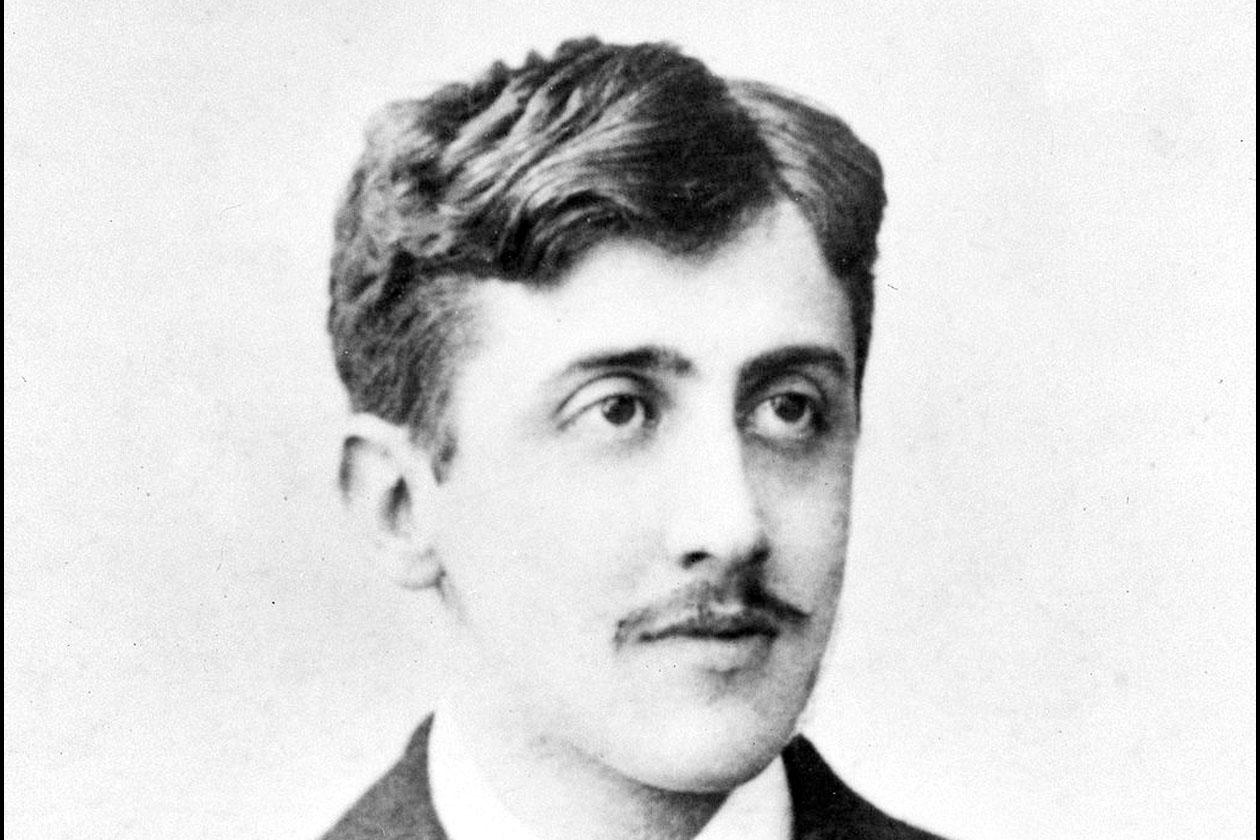When you step outside and sense the transition from autumn to winter, or notice signals of a fast‑approaching spring, you likely experience a feeling of being transported back in time and place. Perhaps, childhood memories of shoveling snow or kindling a camp fire resurface with vivid intensity. Sensory stimuli have the power to involuntarily trigger such memories. Olfactory stimuli--or, cues we detect through smell--are special because they activate parts of your brain that spark memories that are often acutely emotional.
A good way to comprehend this phenomenon, and also learn more about your own memories is to understand how anatomical pathways process olfactory stimuli. After a smell enters the nose, a neural structure called the olfactory bulb relays this odor information to the brain.
The information travels through two cerebral regions: the amygdala and the hippocampus, which deal with emotion and memory respectively. However, auditory, visual, and tactile information do not take this route to the brain, which means information from these senses is less likely to induce feelings of "being taken back" or revisiting a past emotional state.
As we learn more about what happens when smell stimulates memory, it becomes clearer that such memories are likely to be emotionally charged. On one hand, odor‑evoked memories increase temporal lobe activity, which has been linked with positive memory processing, thus creating more pleasant experiences than memories brought on by visual cues.
On the other hand, people living with PTSD may experience certain smells as potent triggers that can, without warning, shuttle them back to a moment of trauma. What might your recollection of certain odors tell you about your past?









